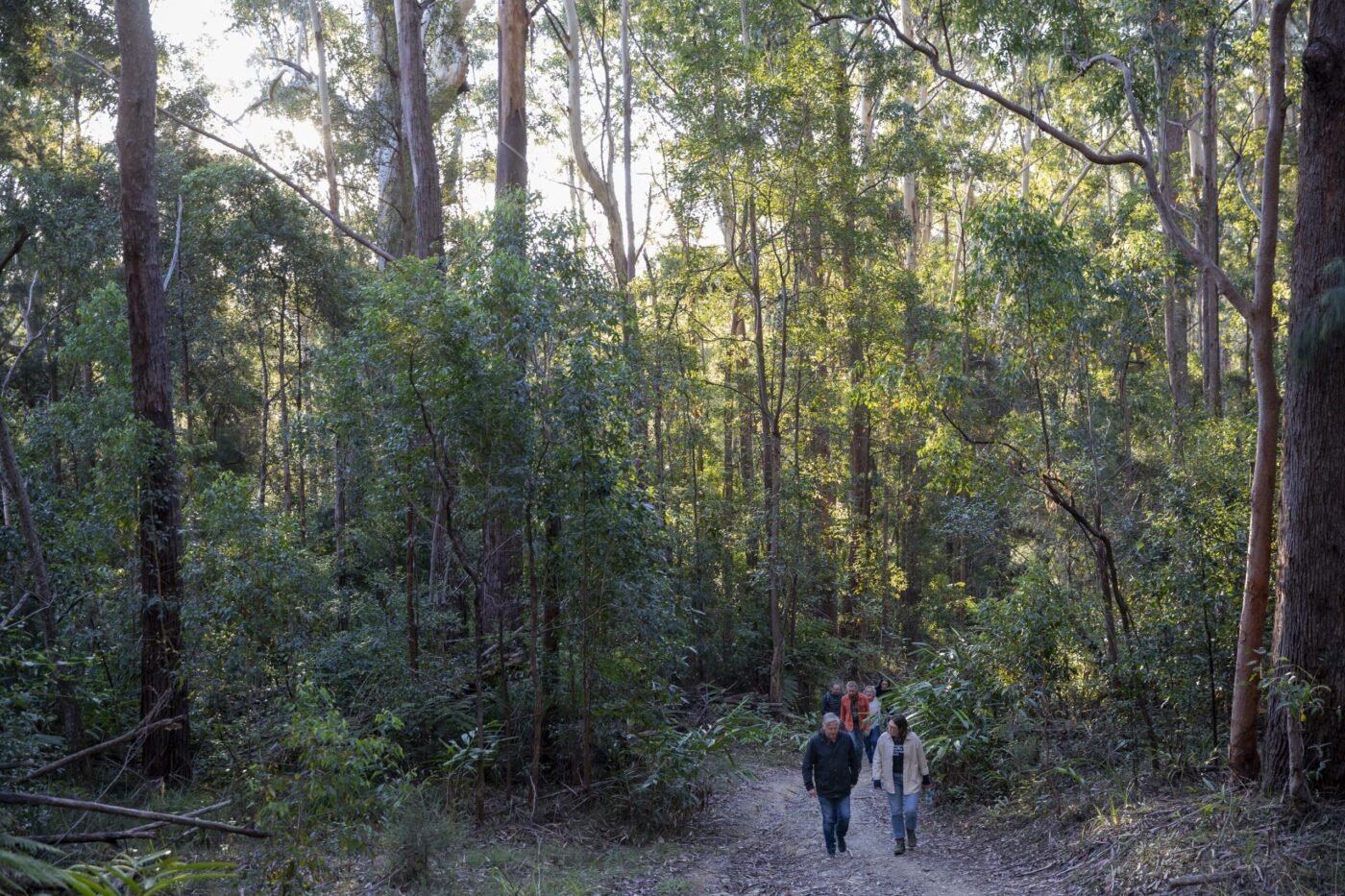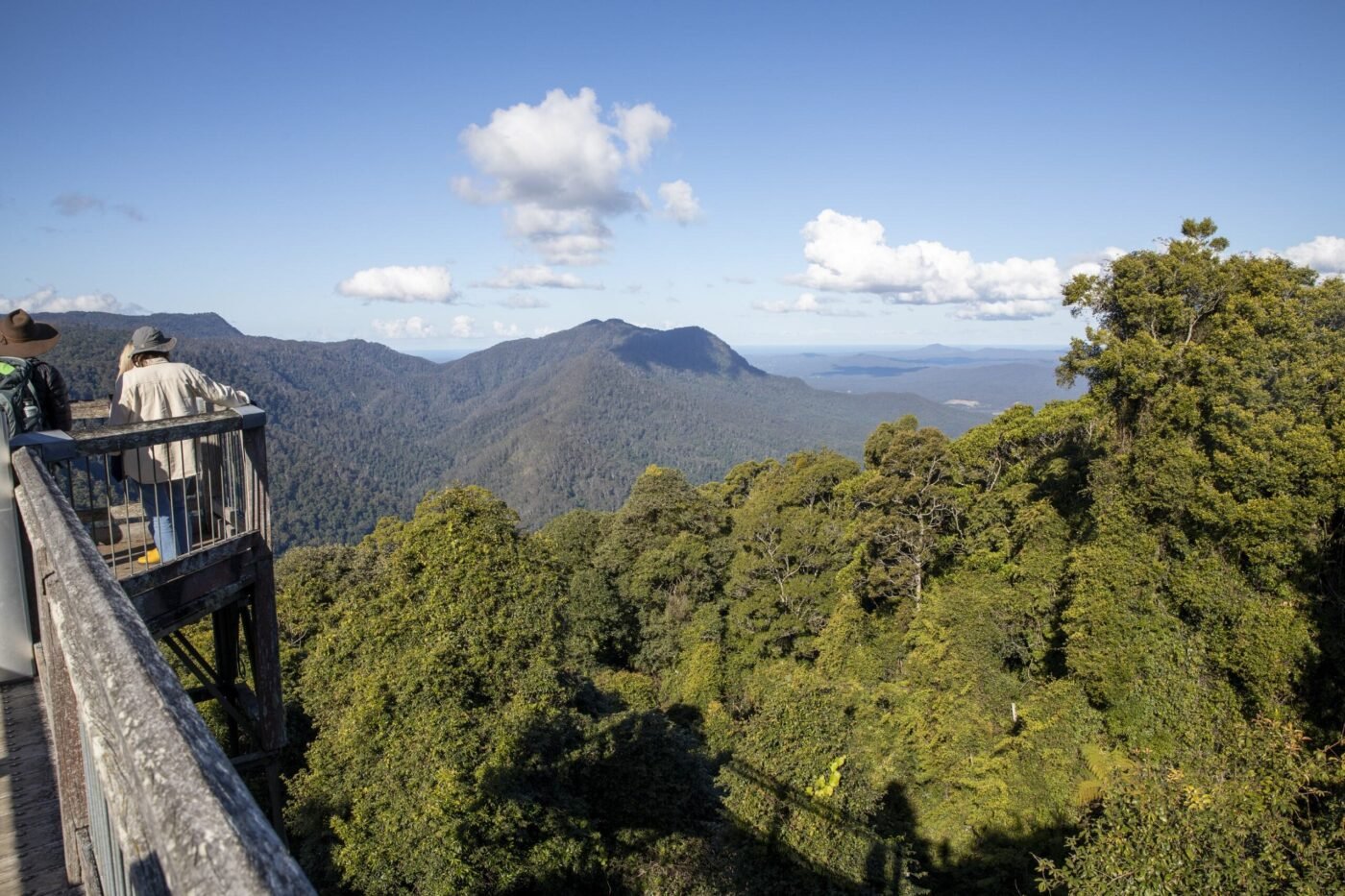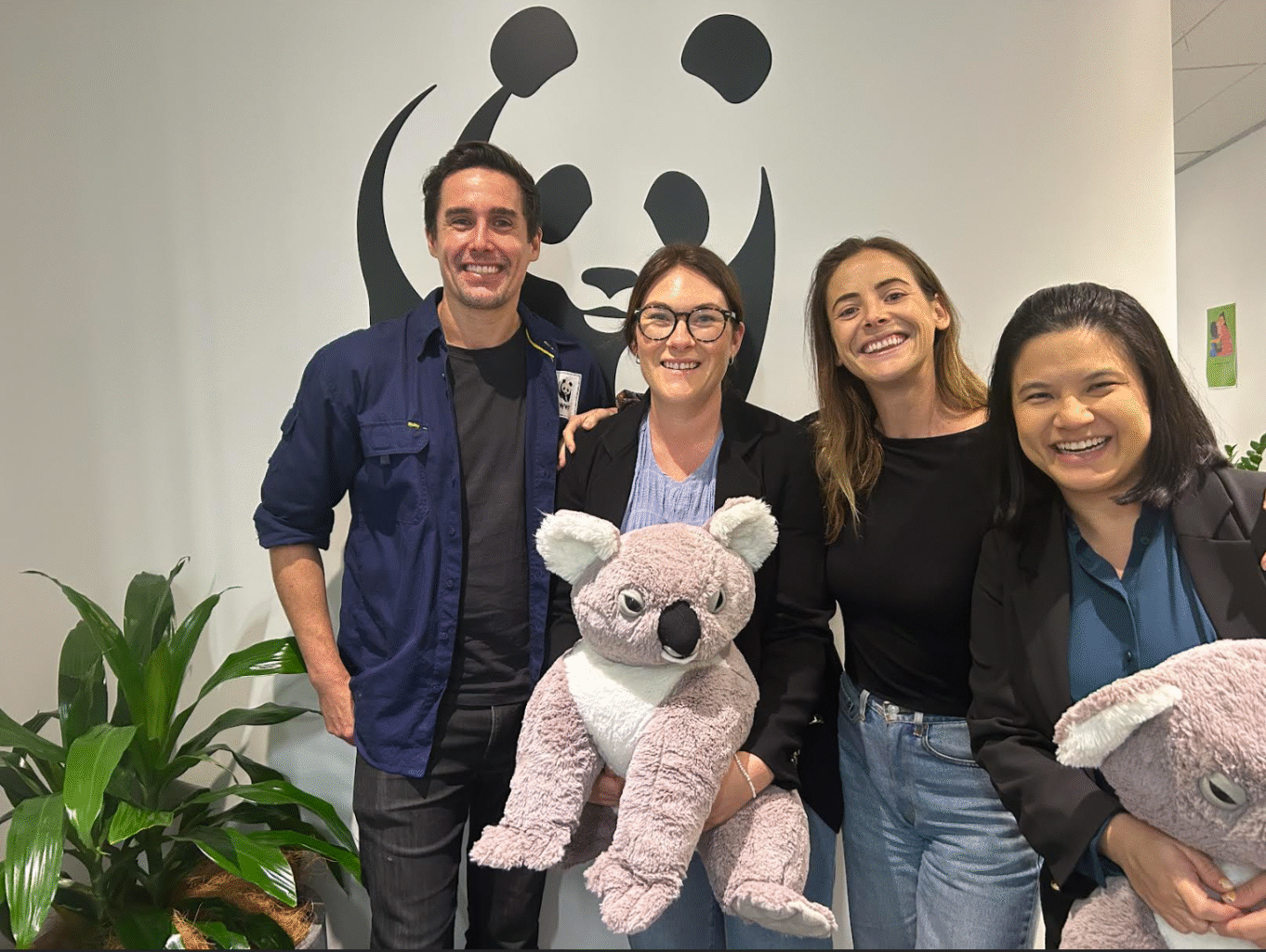With th escalating issues of climate change and environmental threats, businesses need to address more sustainable solutions which is why HP is putting forests first by partnering with WWF.
HP, which develops personal computers, printers, and 3D printing solutions, aims to address the impact on forests from the total amount of paper used in HP printers, including paper that is not HP-branded.
By partnering with WWF, the tech company aims to restore, protect, and improve the management of nearly 1 million acres of critical forest landscapes.
Forests are home to about 75% of all land-based life, and play a vital role in providing clean air and water, preventing erosion and landslides, and helping regulate the climate by absorbing carbon from the atmosphere.

Each year, around 300,000 hectares of Australia’s native forests and woodlands are destroyed. If urgent measures aren’t taken, tree-clearing could lead to the deaths of roughly 750 million native animals by 2030. Among the species at risk is Australia’s beautiful koala, recently reclassified from Vulnerable to Endangered, and now at serious risk of extinction by 2050.
It’s clear that this could have serious environmental consequences. So, what exactly is this partnership addressing?
HP and WWF have selected the first three key landscapes where they will broaden their conservation efforts, one of which includes the forests of eastern Australia. HP has announced an additional $80 million to expand its forest conservation partnership with WWF, aiming to restore, protect, and enhance the management of close to 1 million acres of forest globally by 2030.

Here, is my interview about the new initiative with Olivia West, Sustainability Manager for the Americas, Asia Pacific, and Japan at HP.

What has the collaboration with WWF achieved in the past? How does HP’s collaboration with WWF build on the partnership to date?
In Australia, HP and WWF have partnered to protect, manage and restore more than 21,500 hectares across the forests of eastern Australia – an area three times the size of the Sydney Harbour. This includes restoring 1,500 hectares of degraded koala habitat. we have worked with local landowners in Australia to push for a temporary halt to logging in forests that are home to the endangered critical greater glider habitat and helped to restore an additional 1,200 acres of degraded koala habitat while improving climate resilience in these Eastern Forests.
It’s part of a broader global effort. Since 2020, WWF and HP have implemented conservation actions across more than 500,000 acres in China, Brazil, Australia, and Peru – some of the world’s most endangered forests. By leveraging the latest science and innovation and working with local communities, HP and WWF are creating lasting change for people, climate, and nature.
Forests harbor most of Earth’s terrestrial biodiversity, providing habitats for about 80% of amphibian species, 75% of bird species, and 68% of mammal species. Forests also play a significant role in the fight against climate change and provide clean air and water.
What does it mean for HP to be WWF’s largest corporate partner in the United States? How does that influence the scale of the work you can do together?
We’re proud to be one of WWF’s largest corporate partners. It speaks to the depth of our long-term commitment to sustainability.
HP and WWF are partnering to make working forests more sustainable, protect wild spaces, support local communities and restore forests we’ve lost. Our partnership ensures that when customers choose HP printing solutions and paper, they are also making a choice to support forests. The scale of this partnership enables real progress. This allows us to lead with integrity, transparency, and a deep sense of purpose.

How do you plan to engage local communities in these forest restoration projects, and why is that important?
When communities are empowered to care for their natural environments, it leads to better outcomes for both people and the planet. It fosters ownership, builds climate resilience at a grassroots level, and helps generate economic opportunities through conservation-based employment and education. Nearly three-quarters of the world’s population relies on non-timber forest products for necessities such as food, fuel and medicine. Engaging local communities is critical to the success of our forest restoration efforts. In Australia, for example, we’re working to regenerate degraded koala habitats in collaboration with local environmental groups and landholders. Consultation with First Nations communities about the future management of our parks is central to our approach. Their deep knowledge of the land and its history ensures our efforts are culturally respectful and long-lasting.
How do you hope this initiative will inspire other companies to take stronger action on climate and nature?
HP’s approach is about leading by example and showing others that strategic partnerships can amplify impact and accelerate progress toward a more sustainable, equitable world.
We hope our partnership with WWF shows that it’s not only possible, but necessary, to actively participate in environmental regeneration. Climate action and biodiversity protection are no longer optional – the government now has climate reporting requirements for large companies. But sustainability is crucial with or without regulation. Customers are demanding it, and often a sustainable approach is a cost-effective one too.
What advice would you give to other business leaders considering similar commitments to nature and climate action?
Start with science, set bold goals, and find partners who share your vision. Nature and climate action aren’t side projects, they’re central to long-term business success. By making sustainability part of your core strategy, you can build resilience, boost your reputation, and stay competitive in a fast-changing global market. The sooner companies integrate sustainability into core strategy, the greater their impact and relevance will be.
Also, embracing a circular approach is key in the current climate. At HP, we’ve incorporated over a billion pounds of recycled materials into our products and packaging. We offer carbon-neutral computing services and certified refurbished devices to give tech a second life. These aren’t just environmental wins, they’re smart business moves that customers are demanding.






